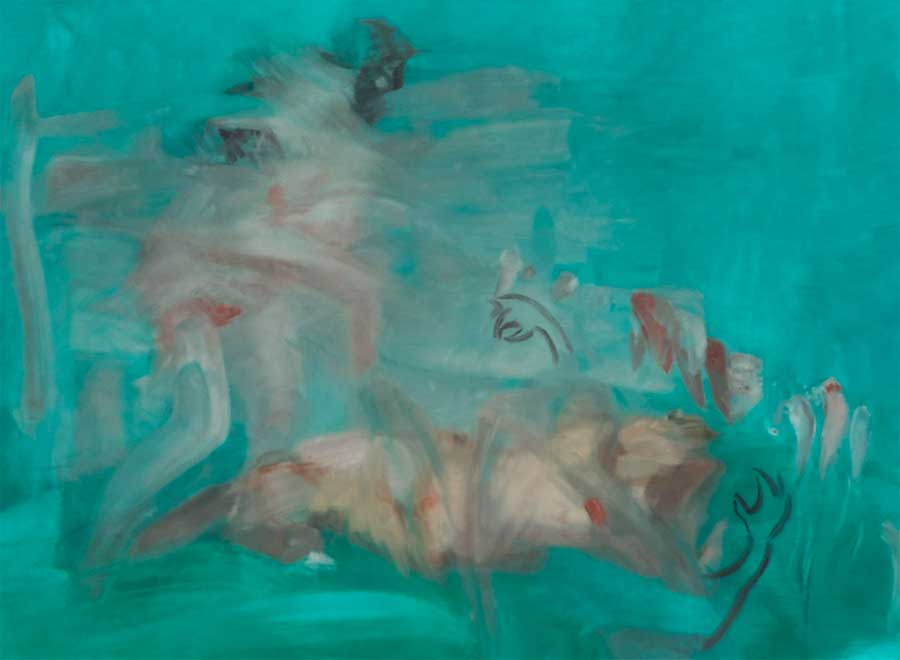Exhibition of Miao People’s Clothes from Guizhou
Dates: 16.3.2018-20.5.2018
Opening hours: 9:00-17:00(closed on Mondays)
Location: Fashion Pavilion, China National Silk Museum
Address: 73-1 Yuhuangshan Road, West Lake District, Hangzhou China
Website: official web page
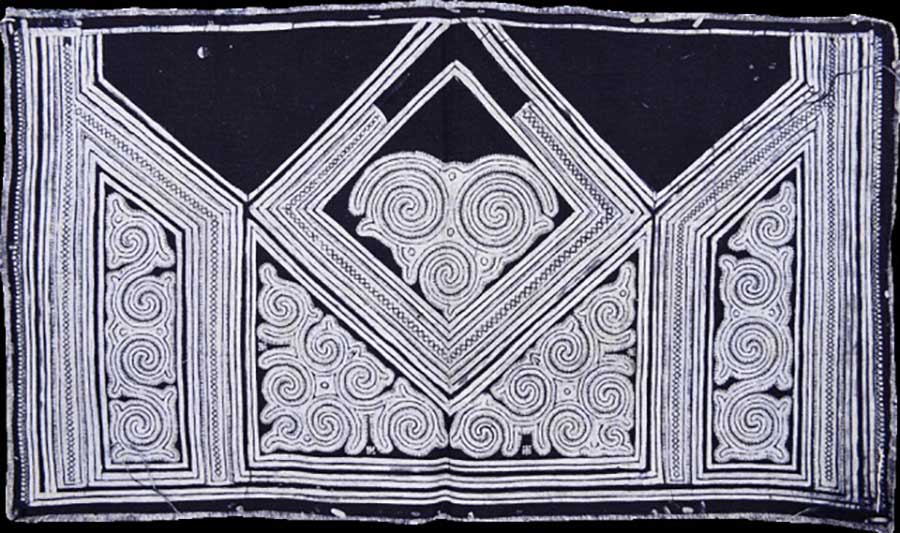
Miao people is an ancient ethnic group which spreads mainly in Guizhou, Hunan, Yunnan, Guangxi, Sichuan, Hubei, And Hainan Province. In Guizhou Province lives the largest community of Miao People.
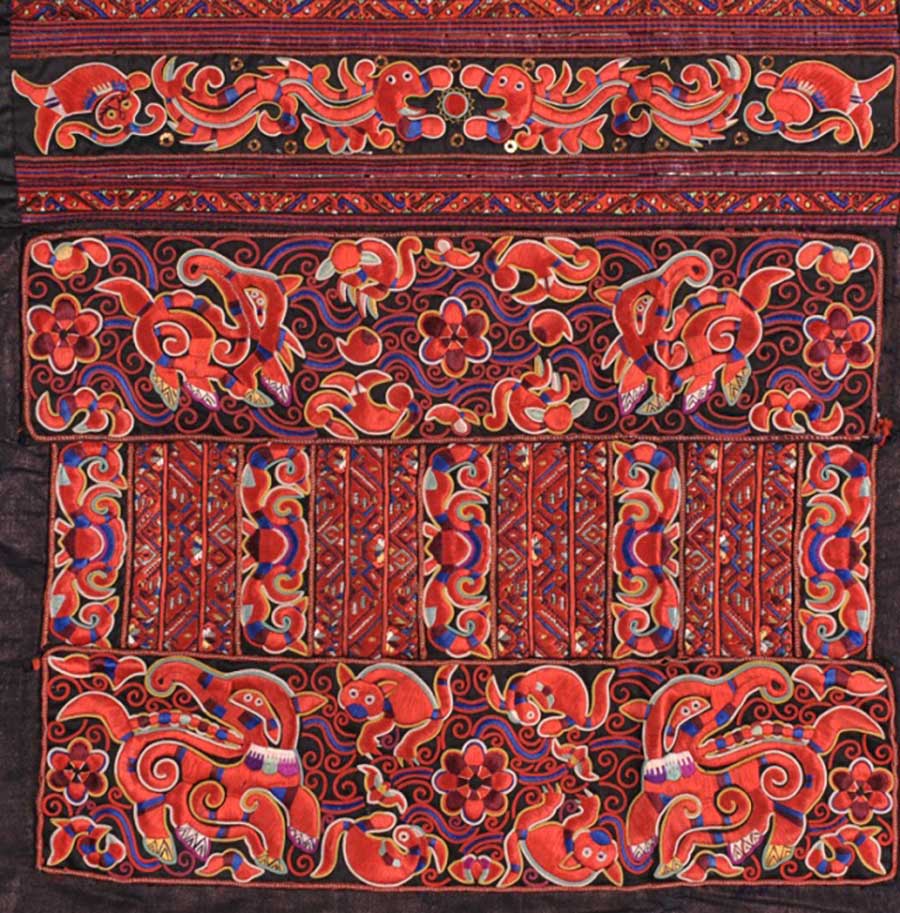
The Miaos create a variety of colorful arts and crafts, including cross-stitch work, embroidery, weaving, batik and so on. Their batik technique dates back from about a thousand years ago. Miao clothing incorporates hundreds of styles in varying arrays of color.
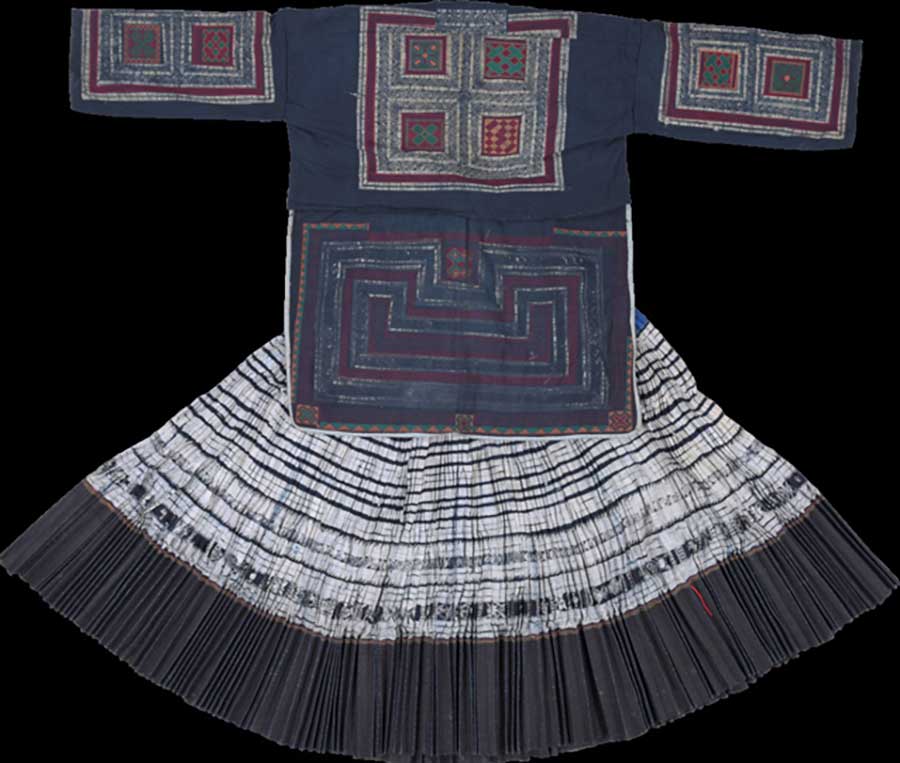
Miao are famous for their traditional costumes and wonderful embroidery. Women wear black tunics and pleated skirts, or calf-length black trousers with a short black skirts, or maroon or colored jacket or shirt with a colorful vest along with silver ornaments, and a turban-like headdresses strung with dangling coins. They sometimes wear silver rings around their necks, and also wear distinctive colorfully-embroidered aprons which Miao women believe can be dipped in water and used as a wash cloth to cure their husbands of any illness.

The exhibition will present 185 pieces of traditional Miao clothes and accessories collected by Guizhou Museum, in which 35 sets of clothes are from differente branches and made for Miao people of differente genders and ages.
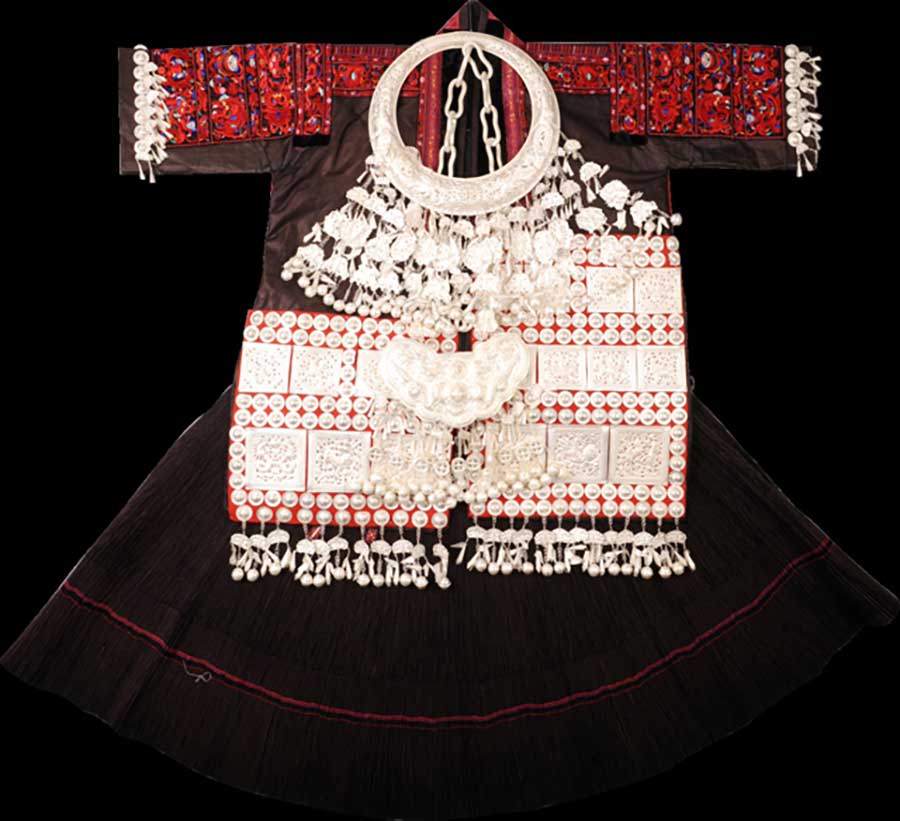
(Images from www.chinasilkmuseum.com)


